Nam Du archipelago is as beautiful as a fairy tale movie
- Tuesday, May 06, 2025, 10:34 (GMT+7)
Nam Du archipelago is as beautiful as a fairy tale movie
Nam Du Archipelago lies gently like a silk ribbon floating across the bay, where every breeze carries not only the salty taste of the sea but also the lingering echoes of ancient tales and the breath of untamed nature not yet awakened. From jagged rocks rising above the emerald waves to a sky so clear it feels endless, Nam Du is not merely a place but a dream one never wishes to leave.
Hon Lon, also known as Cu Tron Island, is the beating heart of the archipelago, its pulse quiet yet full of life. The winding road encircling the island resembles a soft ribbon resting on the shoulder of a woman, graceful and strong all at once. Coconut groves cast shadows on the powdery white sand, where the waves lull the shore day after day like a lullaby from the dawn of time. The water here is so clear you can see coral branches shimmering beneath, with schools of tiny fish gliding by like brushstrokes in a silent painting.
From the top of the lighthouse on Hon Lon, standing over 290 meters above sea level, the view opens to a vast ocean dotted with islands like a canvas touched by the hand of an inspired artist. The morning light slides across the sea, waking fishing boats still dozing in the bay, and soon the paddles begin painting once again the peaceful rhythm of village life.
A legend still whispered by locals when the sea wind hums at night tells of King Gia Long seeking refuge at Bai Ngu during his exile. There lies a strange freshwater well that never dries up despite the harshest droughts. Locals believe it is a gift from the heavens, a divine shield that has protected this island through generations. Perhaps it is this sacred blessing that preserves Nam Du’s pure and untouched beauty, immune to the chaos of urban sprawl.
To the east lies Hon Ngang, where the fishing village floats atop a forest of raft houses. The scent of salt, the laughter of children diving into the sea, the clinking sounds of fishing boats docking all merge into a soft melody only those who pause to listen will hear. Hon Ngang is not rushed nor loud. The sun follows its same old path each day, casting amber streaks on faded tin roofs and sunburnt fishermen’s skin.
No one comes to Nam Du without hearing tales of ocean spirits. Here, the ritual of worshiping the Whale God, considered a guardian of fishermen, remains sacred. Whenever a whale’s body washes ashore, the villagers hold a solemn funeral and preserve its bones in the Whale Temple. This is not merely a ritual but a lifeline of faith passed down by generations who have lived by the sea. Every third lunar month, the fishing festival is not just for prayers of calm seas but also a heartfelt thank you to the ocean for embracing these small lives with boundless generosity.
A little known secret is that beaches like Bai Chuong change color with time. By day, the water is emerald, yet by dusk, it turns amber under the sunset. When the tide retreats, the shore reveals countless seashells of every shape as if someone has scattered an entire natural collection. On clear nights, the Milky Way stretches across the sky, making one feel as if drifting through the universe itself.
Someone once said, Nam Du is not beautiful in a flashy way but beautiful like a whisper. That may be true, for Nam Du is best felt not only with the eyes but with skin soaked in sea breeze, with each slow breath, and with a heart stirred by a beauty that asks for no embellishment. Whispering coconut trees, red dirt paths leading to the sea, houses leaning into rocky hillsides all seem untouched by time.
Travelers often visit Nam Du from late in the year through early summer when the sea is as calm as silk. High speed ferries from Rach Gia take just over two hours to reach the island, yet the journey always feels like shedding the weight of the world to arrive in a purer world. On the island, vehicles are few. A motorbike is enough to explore winding coastal roads, where each curve opens to a new scene, sometimes a cliff standing tall like a gate to the ocean, sometimes a quiet beach nestled between two hills.
Food in Nam Du does not need extravagance to win hearts. A plate of grilled fish wrapped in banana leaves, a bowl of fragrant squid porridge, or a sea urchin split open and drizzled with scallion oil enjoyed by the breezy shore becomes a feast to remember. Some dishes have no name, made with care and the ocean’s gifts of the day, yet they hold more soul than any delicacy in the city.
A fun fact few know is that Hon Mau, with sand as white as cream and water as clear as glass, was once chosen by a French director as the backdrop for a documentary on untouched Vietnam. In a rock hollow on the island, coral fossils from thousands of years ago still remain, quietly telling the ancient age of this land.
Nam Du has no glowing resorts, no pounding music, no artificial amusement parks. But it is precisely this stillness that makes every wave, every glint of sunlight a small miracle for the modern soul. The phrase Peace is when the heart slows down in a place without hurry might have been written just for this island.
Nam Du is a private sky for those searching for themselves amid the noise. A place where every photo looks like an old film because the light here is unlike anywhere else soft like silk, clear like morning dew, and always casting a tender emotion upon all things.
When leaving Nam Du, one does not only carry a suitcase full of shells or glowing photos. What lingers the most is the feeling of serenity in a world where every wave and every sunset whispers a message slow down, love nature more, and remember how small you once felt in the heart of the vast ocean.
One day, when the city becomes too loud, when the mind is weary of its chase, remember there is an archipelago called Nam Du, where dreams remain blue and peace waits patiently in every sea breeze.

 CHECKIN.VN
CHECKIN.VN

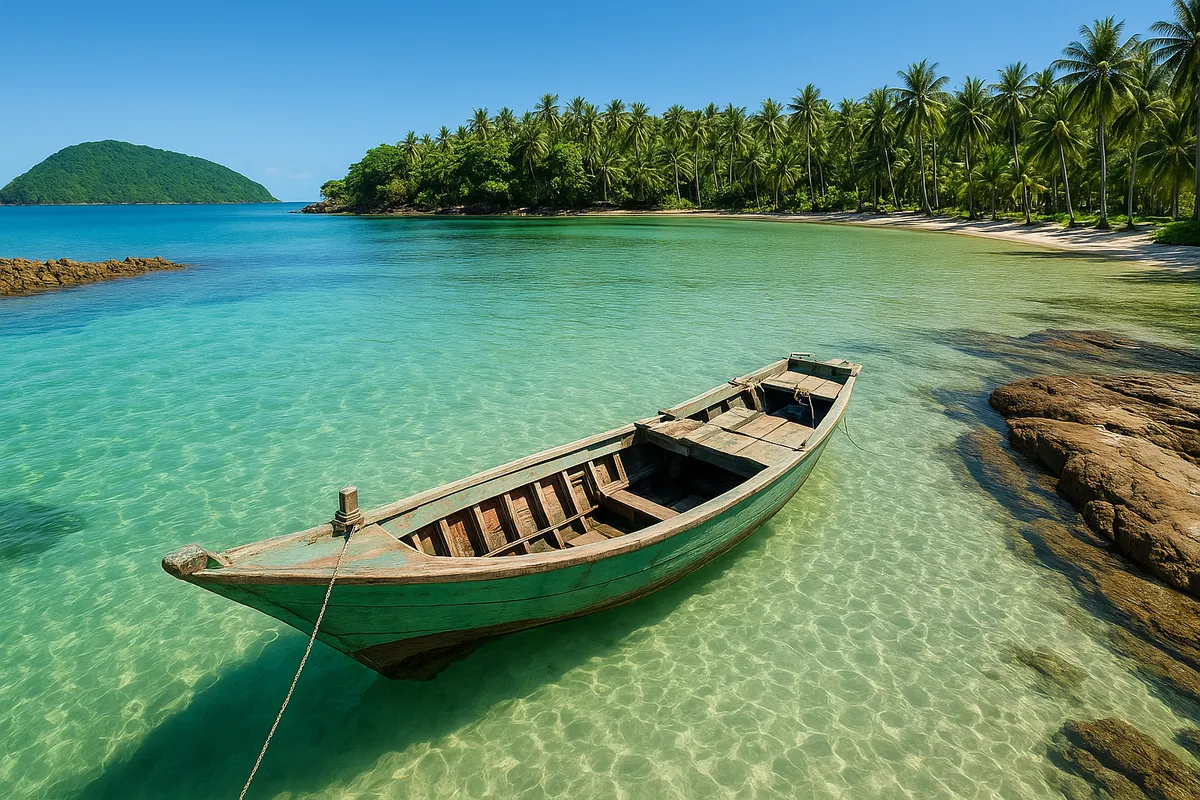
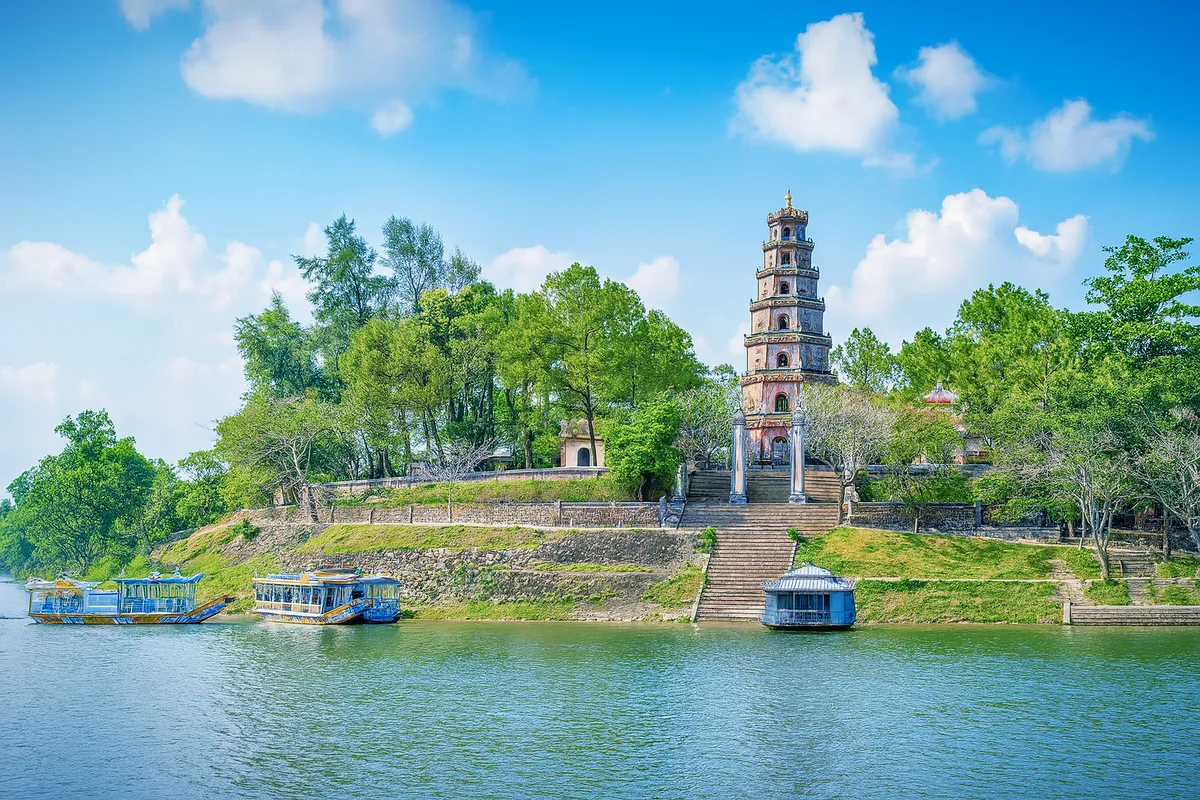
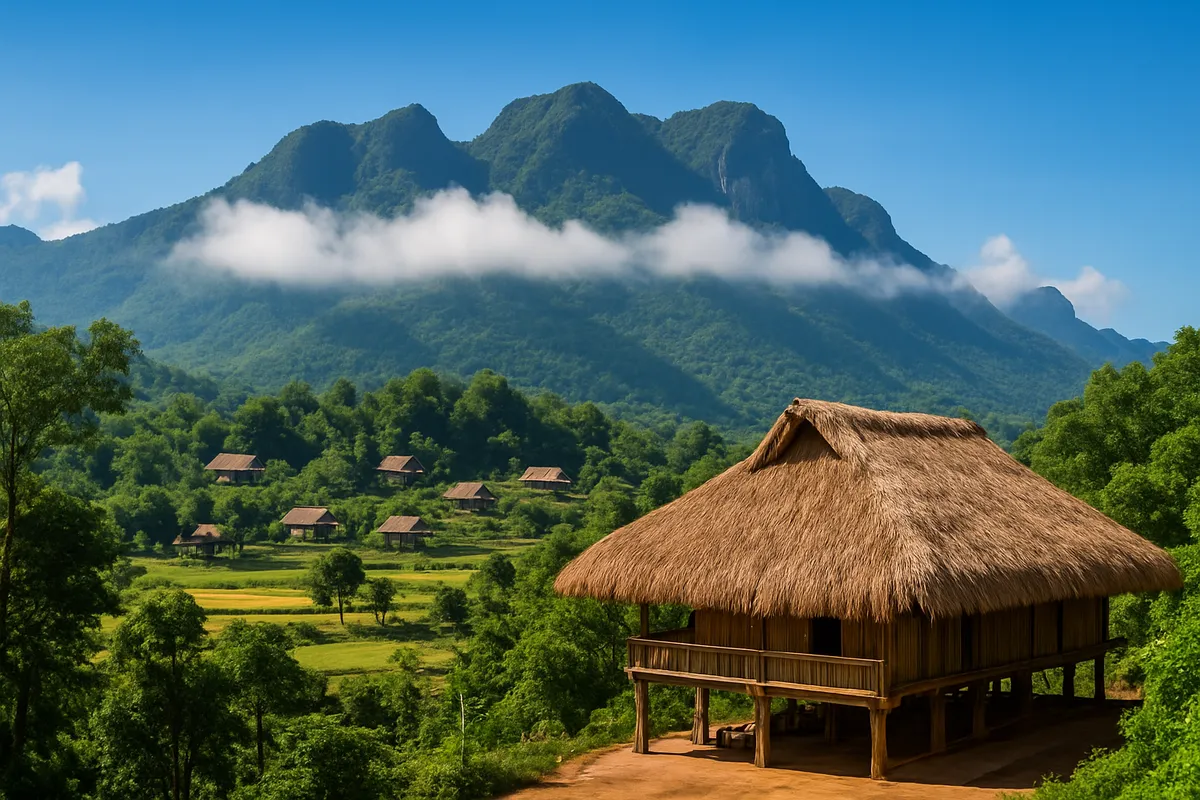
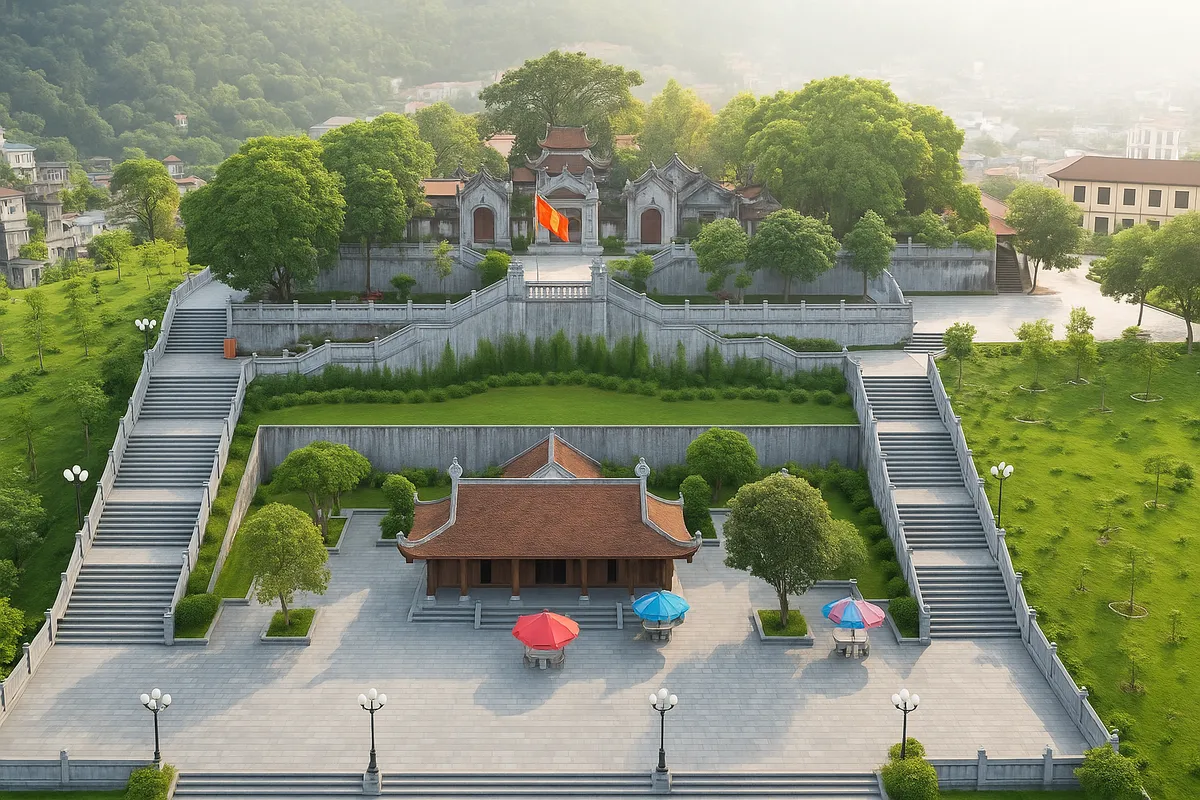

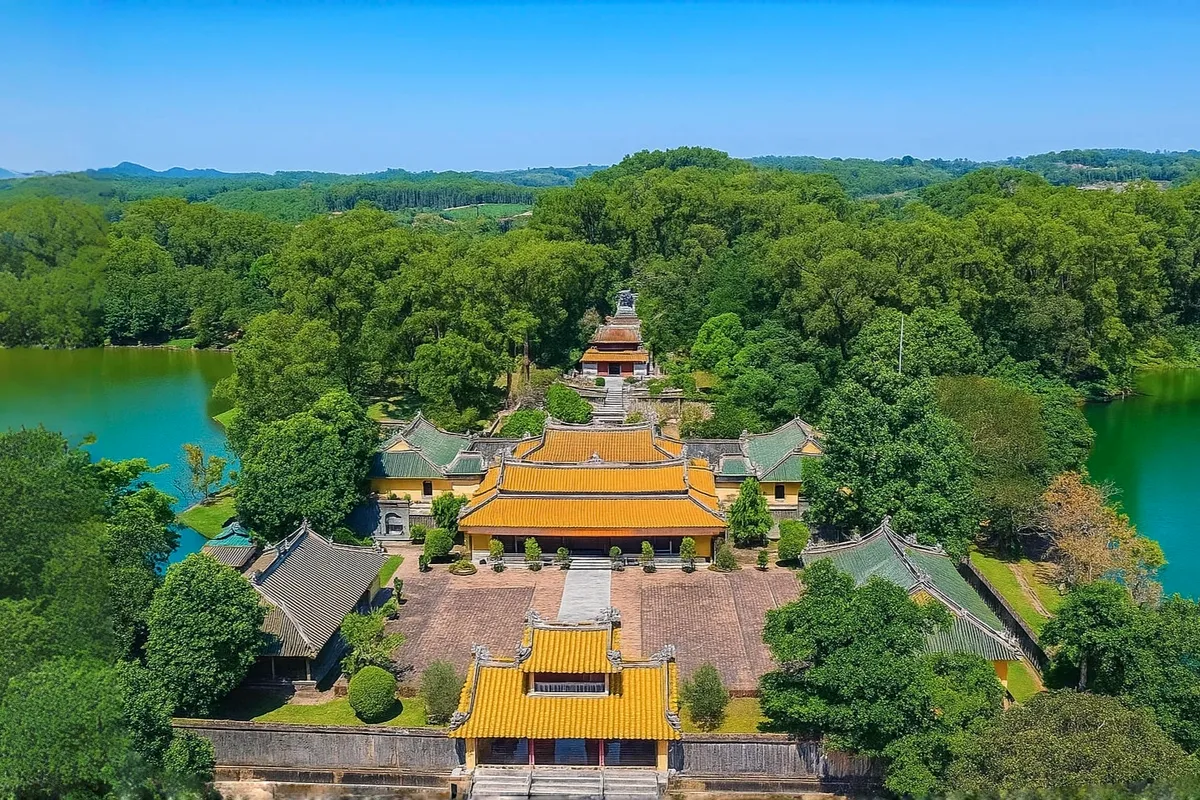

Share on